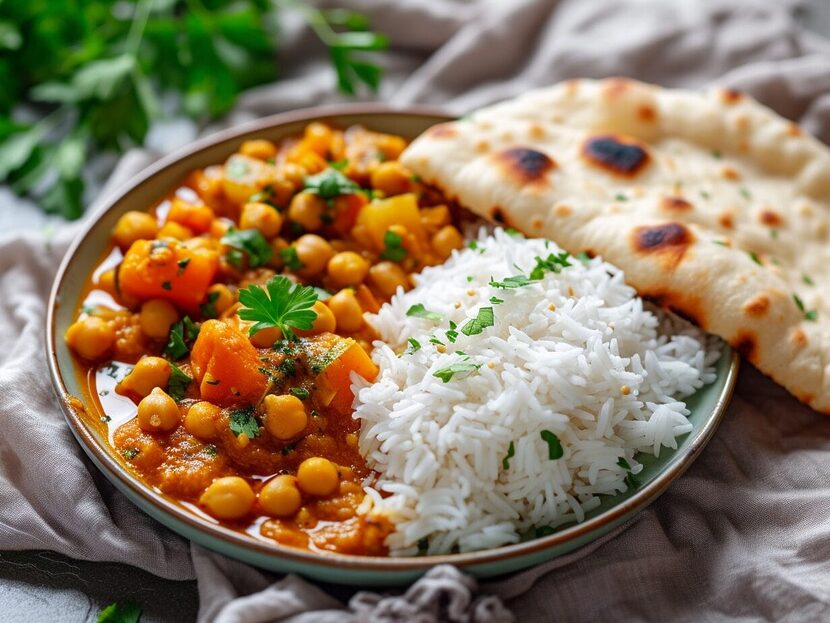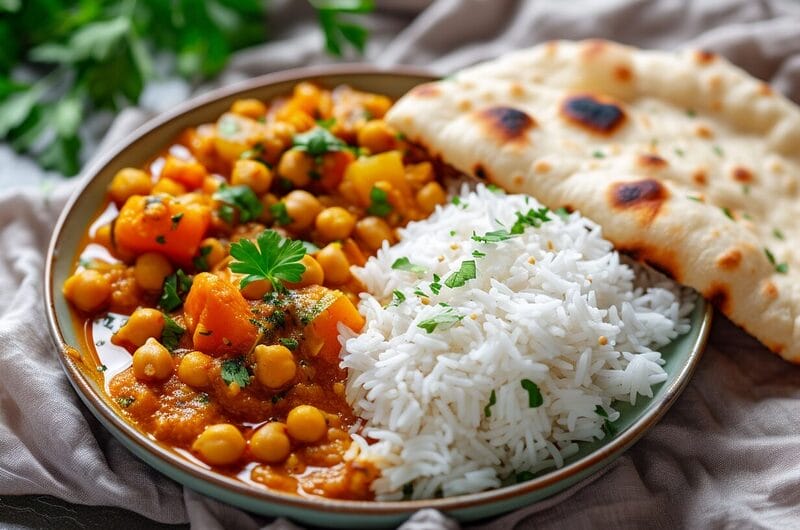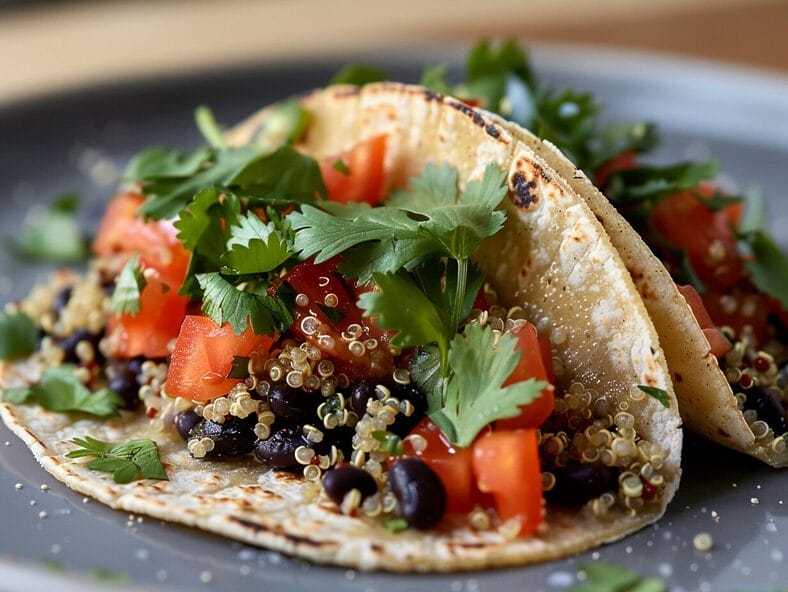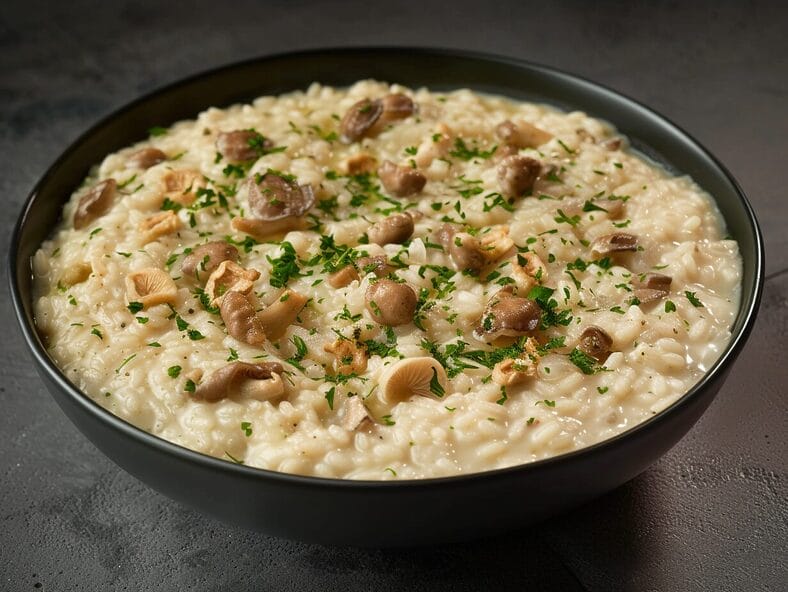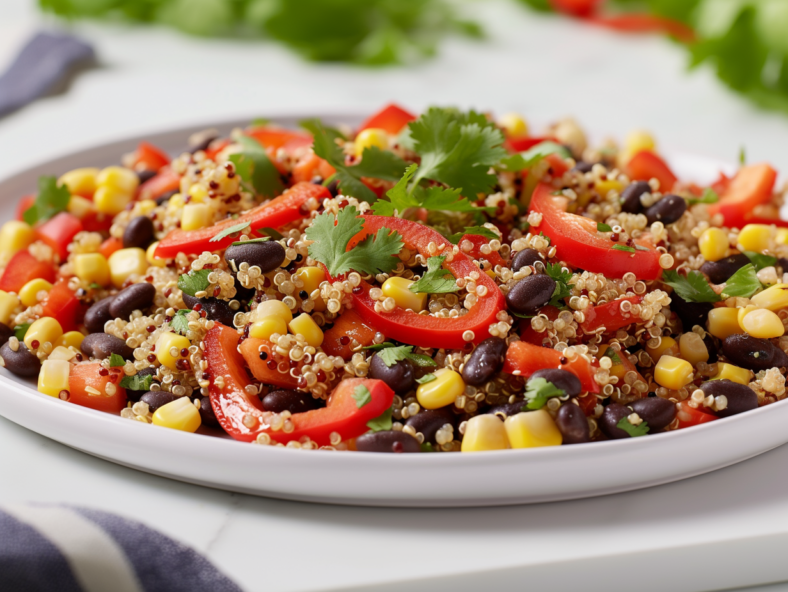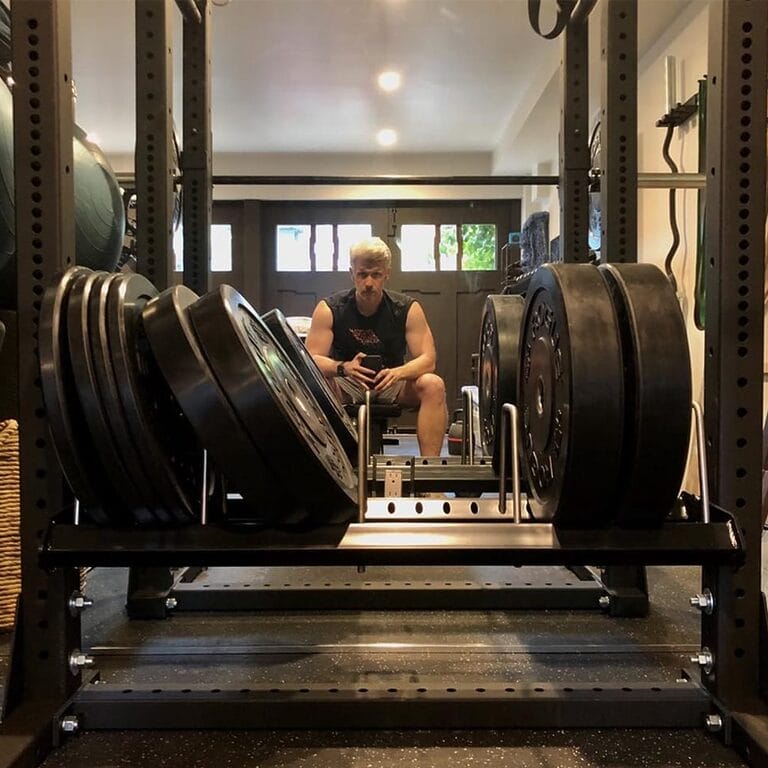Let’s jump right into the heart of quick, wholesome eating with our Chickpea and Vegetable Curry! It’s the ultimate “curry in a hurry” that’s sure to light up your mealtime. This dish is a vibrant celebration of all things nutritious and delicious. It blends the creamy, protein-packed goodness of chickpeas with a medley of crisp, colorful veggies, all simmered in a fragrant curry sauce that’s bursting with flavor.
When to Serve Chickpea and Vegetable Curry
Perfect for those evenings when you’re craving something deeply satisfying yet straightforward, this curry promises a no-fuss, flavor-packed dining experience. It’s a testament to how quick kitchen escapades can lead to sumptuous, health-boosting feasts. Every bite steps closer to the secrets of the Blue Zones. Stick around to unveil the magic behind a curry that’s not just about savoring a meal but savoring life itself!

Are Chickpeas a Bean or a Pea?
Chickpeas, also known as garbanzo beans, are indeed a type of legume, making them more akin to beans than peas. This “curry in a hurry” incorporates chickpeas not just for their delightful taste but also for their impressive nutritional profile. Rich in protein, fiber, vitamins, and minerals, chickpeas support healthy digestion and blood sugar control. They also provide sustained energy—key components of the Blue Zone diet.
Are Chickpeas Carbs or Protein?
Chickpeas straddle the line between being a source of complex carbohydrates and a significant provider of plant-based protein. This makes them an excellent food choice for the Blue Zone diet, contributing to both energy needs and muscle maintenance. In our “curry in a hurry,” chickpeas add depth and substance, making the dish both filling and nutritious.
Why are Chickpeas a Healthy Blue Zone Option?
Chickpeas embody the essence of Blue Zone eating thanks to their versatility, nutritional benefits, and plant-forward-ness. Their high fiber content aids in digestion and heart health, while the protein they offer helps maintain muscle. This “curry in a hurry” makes chickpeas the cornerstone ingredient, showcasing how a simple legume can anchor a longevity-boosting meal.
What is Curry?
Curry refers to a variety of dishes originating from the Indian subcontinent. Curries incorporate a complex combination of spices and herbs, including turmeric, cumin, coriander, ginger, and fresh or dried chilies. This “curry in a hurry” recipe leverages these spices not just for their flavor but also for their health benefits. In particular, curry aligns with Blue Zone principles by promoting anti-inflammatory and antioxidant properties.
What are the Health Benefits of Curry Spices?
The spices used in curry, such as turmeric and ginger, are celebrated for their anti-inflammatory and antioxidant effects. These properties can contribute to reducing the risk of chronic diseases and improving overall health—a key reason why this Chickpea and Vegetable Curry “curry in a hurry” is more than just a tasty meal. It’s a heart-healthy, brain-boosting feast that reflects centuries of nutritional wisdom.
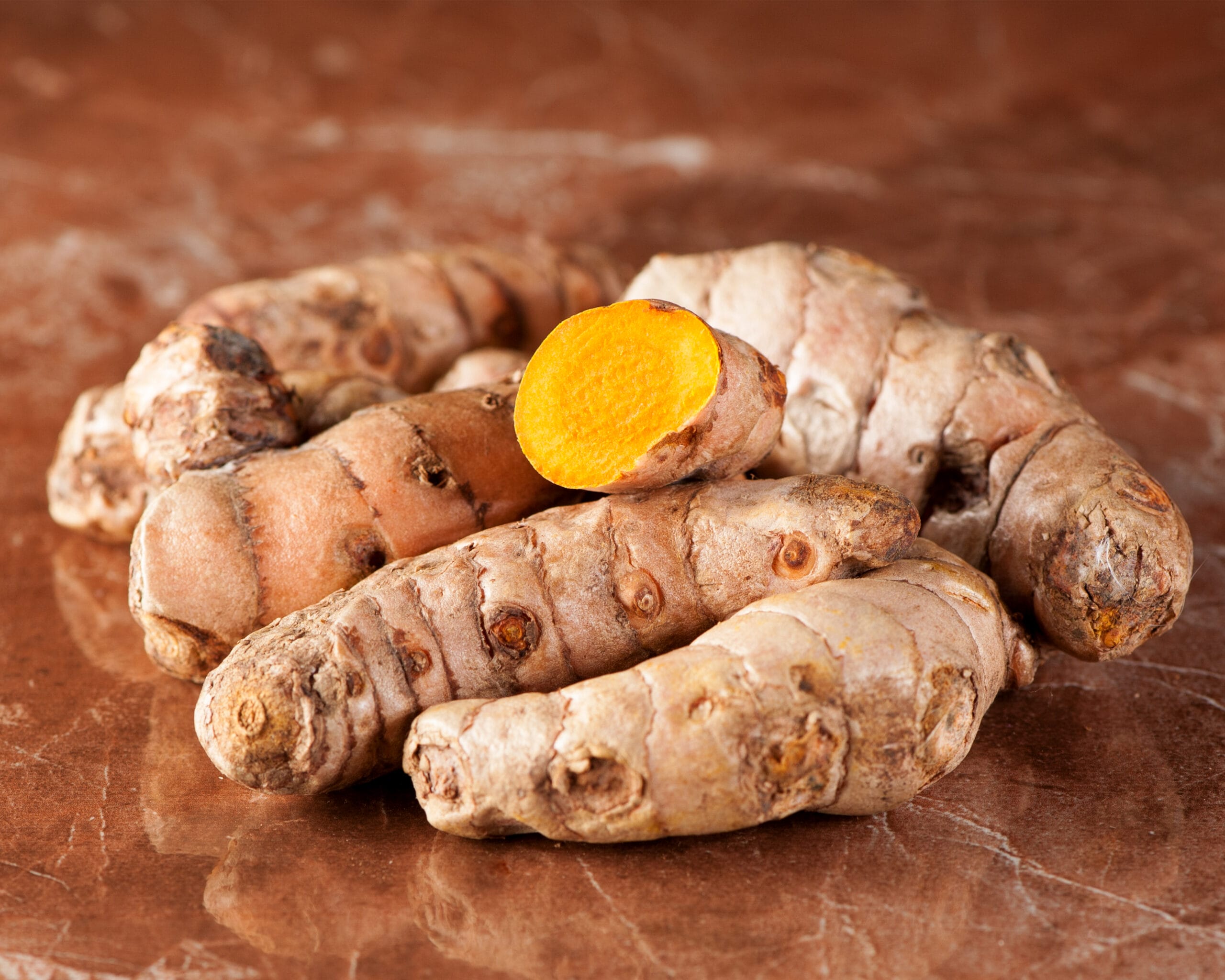
The Health Benefits of Turmeric
Turmeric, with its golden hue, is not just for color. It houses curcumin, a component celebrated for its anti-inflammatory prowess and antioxidant capacity. This isn’t just about reducing temporary inflammation; it’s about engaging in a long-term battle against chronic diseases, from the heart to the brain, safeguarding your well-being with every bite. Imagine, with each forkful of curry, you’re embracing a tradition that spans across Blue Zone kitchens, where longevity isn’t just hoped for; it’s cooked into every meal.
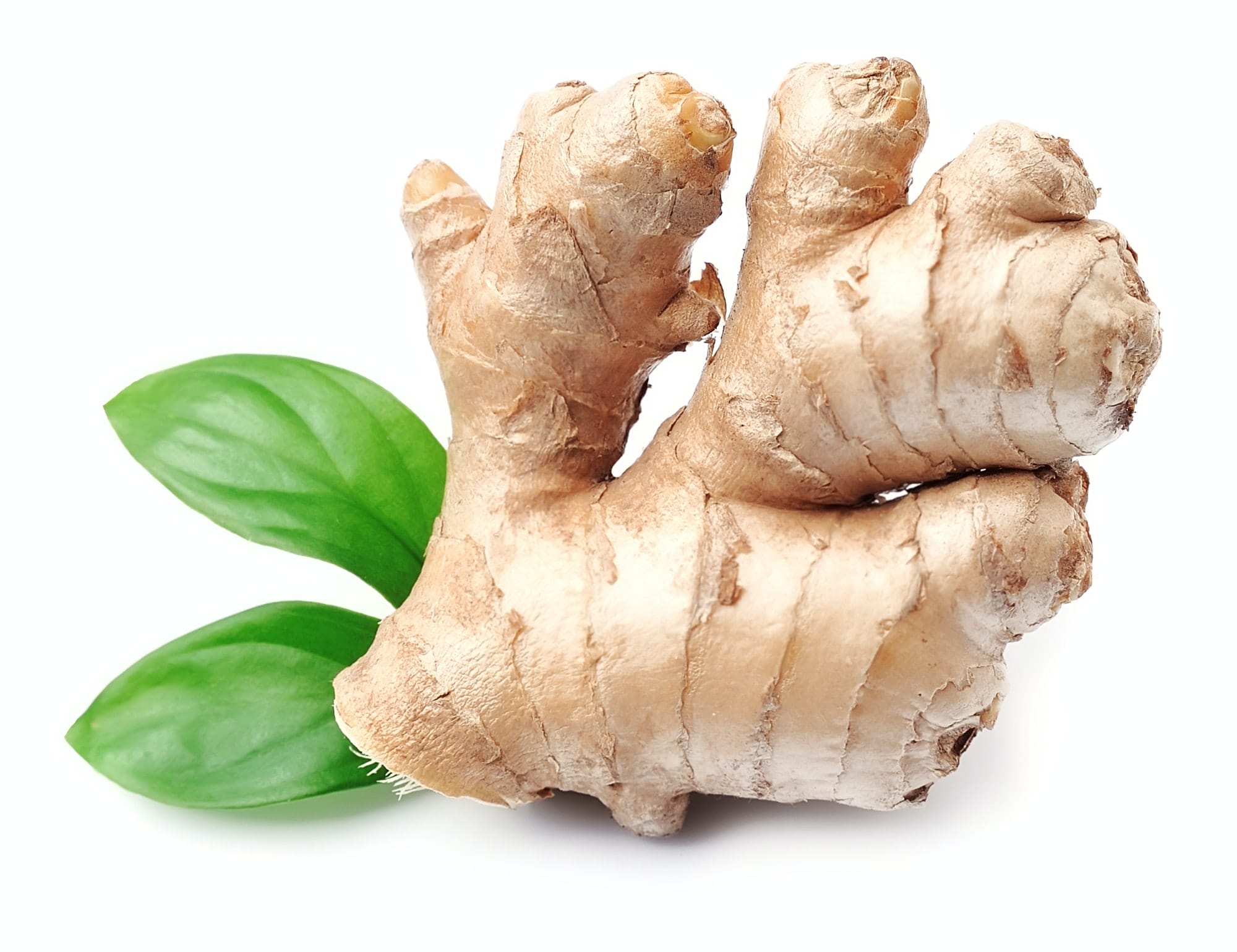
The Health Benefits of Ginger
Ginger, on the other hand, brings its own repertoire of benefits. Gingerol, the main bioactive compound in ginger, acts as a guard against oxidative stress, offering a shield against the free radicals that dare to compromise your health. It’s also effective in alleviating symptoms of nausea and reducing muscle pain and soreness. Ginger is the kind of ingredient that not only perks up the palate but also pacifies your body, reducing inflammation and pain, echoing the holistic health mantra championed in Blue Zone diets.
How Do I Make Curry Powder?
In addition to fresh ginger and turmeric, this recipe calls for a pre-made curry powder that includes all the requisite spices. I’m partial to Simply Organic Curry Powder, and you can find it almost anywhere or order it online. If you have time—or happen to harvest some of these spices individually—the Minimalist Baker has a DIY curry powder recipe you can use to make some from scratch.
Why Does This Recipe Include Fresh Ginger and Turmeric When It Also Uses Curry Powder?
Including both curry powder and additional ground ginger and turmeric in the recipe is a deliberate choice to enhance flavor complexity and nutritional benefits. Curry powder is a blend of various spices, including turmeric, ginger, coriander, cumin, and more, each contributing to the curry’s overall flavor profile. However, the proportions of these spices in curry powder can vary widely depending on the brand or mix, and sometimes the flavors of ginger and turmeric might not be as pronounced.
By adding extra ground ginger and turmeric, you’re ensuring that these two key spices’ flavors and health benefits are prominent in the dish. Ginger adds a warm, spicy kick that complements the earthy depth of turmeric, and both spices are known for their anti-inflammatory and antioxidant properties. Boosting their presence in the curry not only layers the dish’s flavors but also amplifies its nutritional value, aligning with the health-focused approach of Blue Zone-inspired recipes.
Additionally, personalizing spice levels allows the dish to cater to individual taste preferences and health needs, making the curry versatile and adaptable.
How Does this Chickpea and Vegetable Curry in a Hurry Complement a Blue Zone Diet?
This Chickpea and Vegetable Curry is more than a meal; it’s a manifestation of the Blue Zone dietary philosophy. While specific mentions of turmeric and ginger usage in the diets of Blue Zone regions might not be directly highlighted, the principles of the Blue Zone diet—incorporating plant-based foods rich in antioxidants and anti-inflammatory compounds—align with the health benefits provided by these spices.
Blue Zones are known for their use of a variety of spices, including turmeric and ginger, to enhance both the flavor and nutritional profile of dishes. So, as you savor this dish, remember, you’re not just feeding your hunger; you’re nurturing your longevity, one delicious bite at a time.
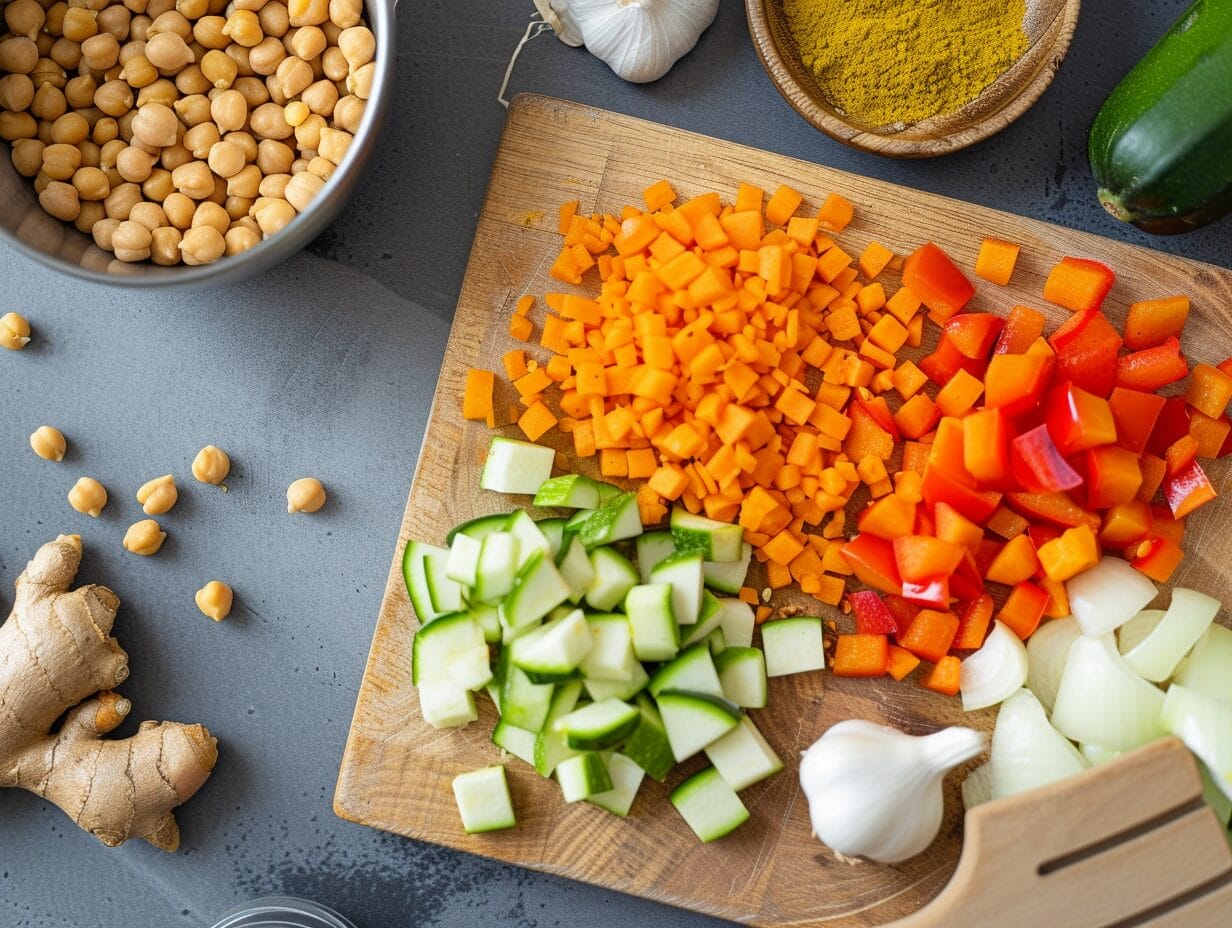
Is Chickpea and Vegetable Curry Hard to Make?
Contrary to what many may think, creating a delicious curry doesn’t have to be a day-long endeavor. This “curry in a hurry” is proof that you can whip up a flavorful, healthful curry with minimal fuss. By using readily available spices and fresh ingredients, this recipe demystifies the process, making it accessible to anyone looking for a quick, nutritious meal.
So, what are you waiting for? Let’s make a Chickpea and Vegetable Curry… in a hurry!
Chickpea and Vegetable Curry in a Hurry
4
servings15
minutes20
minutes268
kcalThis Chickpea and Vegetable Curry, a true “curry in a hurry,” celebrates the simplicity and health benefits of Blue Zone-inspired cooking. It’s a testament to how quick, easy dishes can also be packed with nutrients and flavors that support longevity and well-being. Enjoy this meal as a vibrant, wholesome addition to your weekly menu, embodying the spirit of mindful eating with every spoonful.
Keep the screen of your device on
Ingredients
2 Tbsp olive oil
1 yellow onion, diced
2 cloves garlic, minced
1 Tbsp fresh ginger, finely grated
1 green bell pepper, diced
2 carrots, sliced
1 zucchini, diced
2 cups chickpeas, cooked or canned (drained and rinsed)
2 Tbsp curry powder (see note in description)
1 tsp fresh turmeric root, finely grated
14 oz coconut milk (1 can)
salt and pepper to taste
fresh parsley
Directions
- Prepare the Ingredients: Start by heating the olive oil in a large pan over medium heat. Once hot, add the diced onion, allowing it to soften and become translucent. This forms the flavor base of your curry.
- Sauté the Aromatics: To the pan, add the minced garlic and grated ginger. Sauté for about a minute until fragrant, stirring frequently to prevent burning. This step infuses the oil with a rich flavor foundation that’s typical for a curry.
- Add Vegetables: Introduce the diced bell pepper, sliced carrots, and diced zucchini to the pan. Stir well to combine with the aromatics. Cook until the vegetables are just tender, about 5-7 minutes, to preserve their texture and nutrients.
- Incorporate Chickpeas and Spices: Add the chickpeas to the pan along with the curry powder and turmeric. Stir well to ensure the chickpeas and vegetables are evenly coated with the spices. The chickpeas add substance and protein to the dish, making it a hearty “curry in a hurry.”
- Simmer with Coconut Milk: Pour in the can of coconut milk and stir the mixture. Allow the curry to come to a gentle boil, then reduce the heat and let it simmer for 10-15 minutes. The coconut milk will thicken slightly, and the flavors will meld together beautifully.
- Season and Serve: Taste the curry and adjust the seasoning with salt and pepper as needed. Finish by sprinkling fresh parsley over the top for a burst of color and freshness.
- Enjoy: Serve your Chickpea and Vegetable Curry warm. It pairs wonderfully with a side of rice or naan bread for a complete, nourishing meal that brings the essence of Blue Zone eating to your table in a hurry.
Notes
- I’ve incorporated both fresh ginger and turmeric alongside a pre-made curry powder. Spice is a personal thing; if you’re worried about the dish being too flavorful, omit the fresh ingredients and increase the powdered curry to your liking.
Nutrition Facts
- Total number of serves: 4
- Calories: 268kcal
- Carbohydrates: 34.7g
- Protein: 8.6g
- Fat: 12g
- Saturated Fat: 3.4g
- Polyunsaturated Fat: 2g
- Monounsaturated Fat: 5.8g
- Trans Fat: 0g
- Cholesterol: 0mg
- Sodium: 405.4mg
- Potassium: 696.4mg
- Fiber: 10.6g
- Sugar: 9.2g
Like this recipe?
Follow @fitnrdco on Pinterest
Join our Facebook Page!
Follow FITNRD on Facebook
